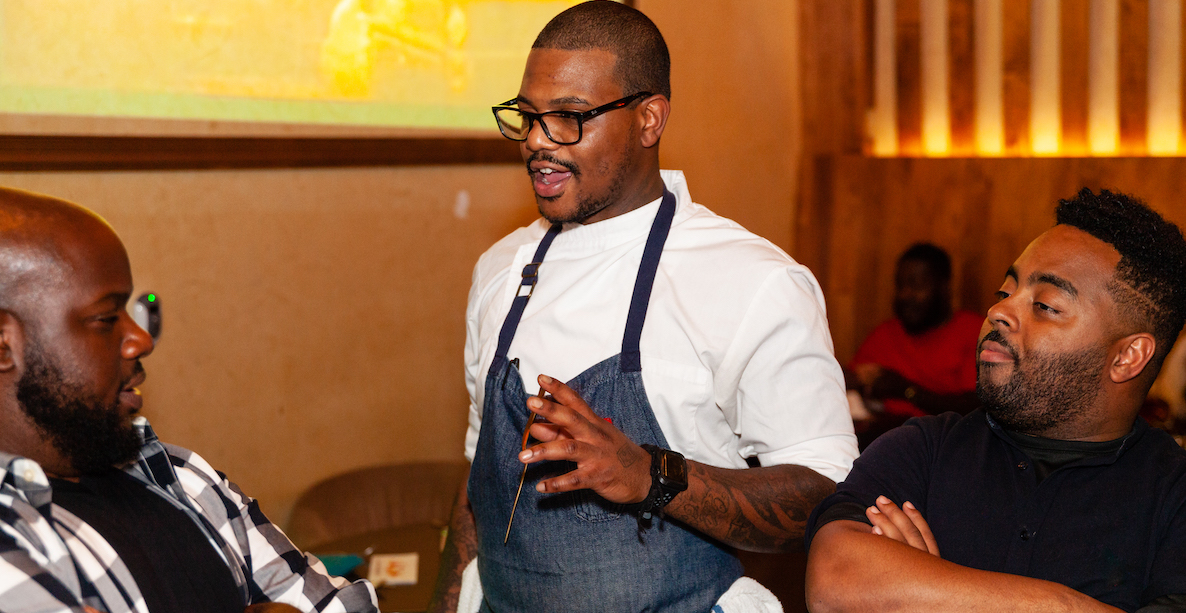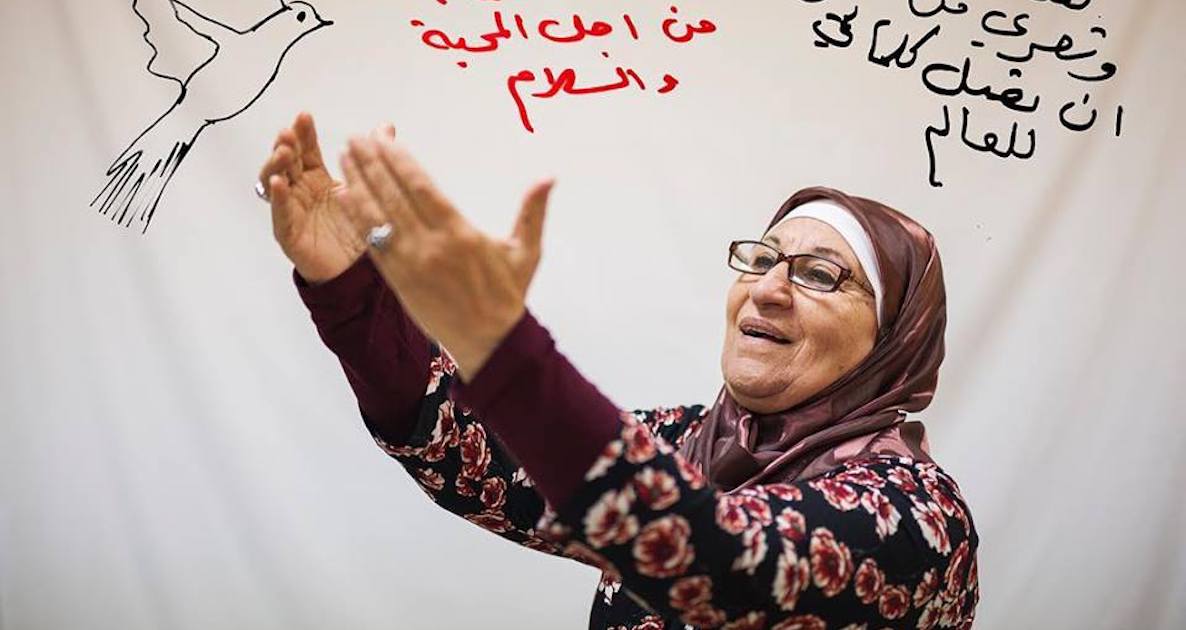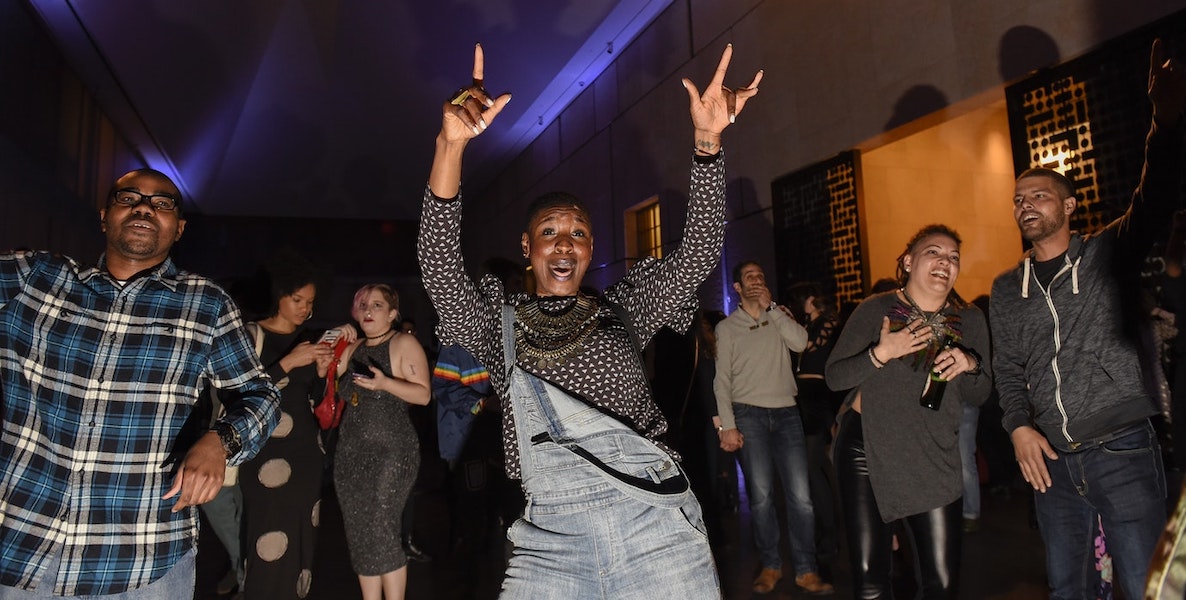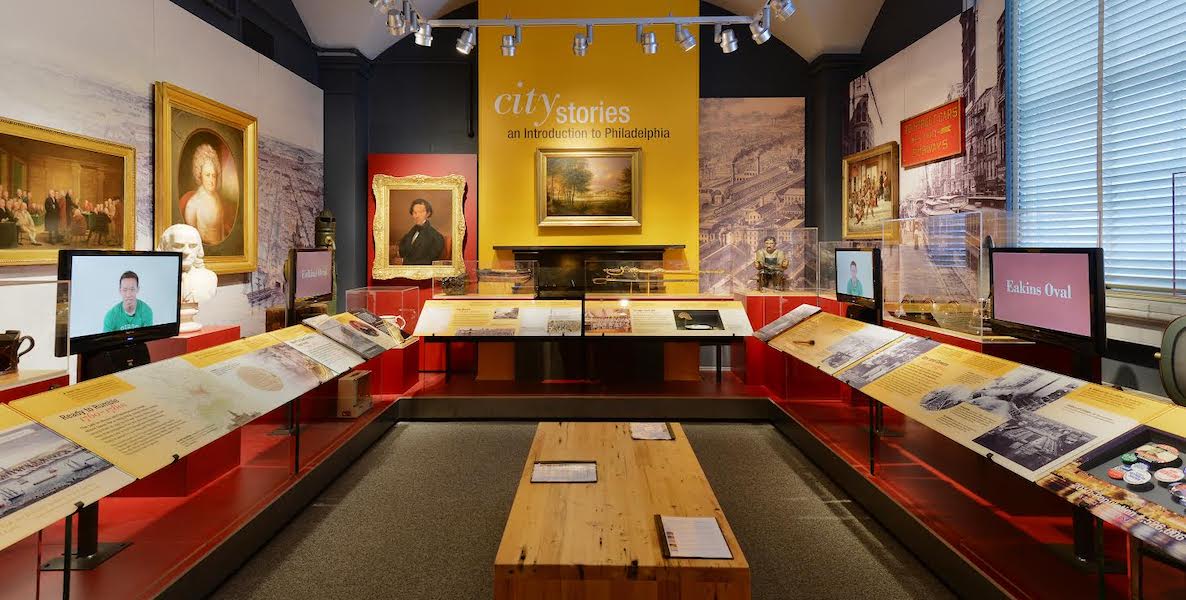Back in February, more than 400 concerned citizens came out for a public meeting about the fate of the recently-shuttered Philadelphia History Museum. Things got heated (as heated as a discussion about a museum can get).
“Philadelphia deserves a real history museum,” said John Gallery, former head of the Preservation Alliance of Greater Philadelphia. “It’s a disgrace.”
“The museum has never lived up to its potential because it’s been chronically underfunded,” said another attendee. Its closure, he said, “is a disgrace for the city.”
What followed was a stew of frustration and confusion. Members of the City’s Office of Arts, Culture and the Creative Economy had expected about 250 people to show up. They got almost double that. People wanted to know: Why can’t we have a physical space for these objects? What will happen to the collection now? How can we prevent this from happening to other small nonprofits? How did the city let this happen?
To sit with Drexel’s Remer is to conjure the implications of a museum without walls—one that’s also fully accessible online—whose mission is to take history to the people.
A bit of background: The museum, known to most of us as the Atwater Kent, had long held the premier concentration of Philly-themed objects from 1682 to the present day, ranging from the delightfully eccentric (a chunk of Veteran’s Stadium Astroturf), to the forebodingly grim (the key-shaped weathervane from the top of Moyamensing Prison), to the magnificently evocative (George Washington’s mahogany roll-top desk from his home at Sixth and Arch streets).
But it had fallen on hard times. Mike DiBernadinis, the City’s then-managing director, told The New York Times last year that the museum’s revenue generation had been shrinking over time; the City had budgeted $300,000 to PHM for 2018 and had planned to allot $250,000 this year (if it had remained open). By comparison, the Philadelphia Museum of Art typically receives about $300,000 annually from the City, but its revenues are significantly higher. Bottom line: Too few people were going to the museum at 7th and Market Streets for it to be sustainable.
But who says a museum has to be made of brick and mortar, with a door that locks to keep the city outside? Is this moment of transition for the PHM collection actually an opportunity to hold up to inspection just what a museum is and ought to be? Can the closing of PHM end up bringing history to Philadelphians where they live, potentially growing an audience beyond the typical museum-goer?
To argue about whether the city ought to devote $300,000 or $250,000 to our common preconception of what a museum must be kind of misses the bigger picture: that brick and mortar museums cry out for disruption.
“Startups are about ideas people believe in so much they want to take extraordinary risks to make them happen,” writes Jasper Visser in The Museum of the Future. “Museums are about ideas we consider so valuable and important they need to be preserved and presented forever. When we manage to combine these two cultures, I guess there’s little that can stop us from being successful.”
And that, in a nutshell, is what this moment in Philadelphia arts and culture is all about. Other institutions are already holding up to inspection just what it means to a museum these days, such as the upstart Philadelphia Contemporary, a robust program of pop-up exhibitions and performances that is the brainchild of Harry Philbrick, former museum director of the Pennsylvania Academy of the Fine Arts.
So, too, is the fight over PHM really about our inclination to reimagine the status quo—or not. “There’s an old management question: ‘If we built it anew, would we build it the same way we did X number of years ago?’” says Thaddeus Squire, who founded the arts consulting organization CultureWorks Greater Philadelphia.“That needs to be asked vigorously by every director and every board, instead of people asking ‘How do we perpetuate something?’ That’s where organizations fail.”
The success of this new phase in PHM’s life will depend, in large part, on how well Drexel can curate and promote exhibits that draw a crowd, the way the museum failed to do. Can they make objects from 200 years ago relevant today?
That’s precisely how Rosalind Remer, Vice Provost and Executive Director of the Drexel University Lenfest Center for Cultural Partnerships, is approaching the PHM question, full of vision and “why not” questioning. Drexel has heroically stepped up to assume control of the closed museum’s collection, even if many of those who attended the public meeting at the Constitution Center aren’t ready to reimagine what it means to be a museum in this day and age.
To sit with Remer is to conjure the implications of a museum without walls—one that’s also fully accessible online—whose mission is to take history to the people. Imagine, for example, an exhibit framed around Joe Frazier’s boxing gloves in the Logan Branch of the Free Library, near where he resided and had his gym. Perhaps that could be tied to a photo exhibit of the Philly boxers he trained and who’ve been affected by Smokin’ Joe’s legacy, a screening of vintage footage of Frazier’s most memorable fights, an artist’s rendition of a life-size image of Frazier (hello, Instagram selfies). Could that spark a little joy, maybe inspire some reflection, or even be so compelling that a person walking by has to drag her friend over to see it, too?
Remer’s plan is to use this historical collection as a lending library to organizations like local library branches, historic sites and houses, archival collections, and museums. If a robust lending program gets off the ground, there’s a potential for more of the collection to be on view at any one time than when it was at its brick-and-mortar location, where only 400 objects were typically on display. Already, several of the pieces are on display at museums from here to Minnesota, including the National Portrait Gallery, National Museum of American Jewish History, and Winterthur Museum, Garden and Library.
“We can just blanket the city with great objects and stories, and go well beyond what the Museum was doing,” Remer says. “This is a scalable idea that other cities would be paying attention to because this is not a problem unique to Philadelphia or to this particular museum. Someone will have to imagine a new model, so that items just don’t disappear when museums flounder and there’s no one to catch them. If that happens, items are sold or thrown away and you never get them back together.”
Drexel was not the first choice for the PHM; a deal with Temple University to safeguard the collection fell through at the 11th hour. But in some ways Drexel is the logical choice for stewardship, for which it would receive five years of city funding to process the collection and launch the new lending program. (After five years, Drexel would need to raise its own funds to maintain the collection.)
“We are a collecting institution,” says Remer. “The first thing our founder Anthony Drexel did was give a chunk of money to the first president to go out and buy art, artifacts, decorative arts, so the students would see these things while attending classes. They would be surrounded by the beauty and craftsmanship about how things are made. It’s baked into our DNA.”
Items in the PHM collection say something about Philadelphia, who we are, what we value. They tell stories about our grittiness, our refinement, our idiosyncrasies, and the best and worst moments of our citizens and communities.
Over the years, Drexel has acquired important archives including the Women’s Medical College of Pennsylvania’s research collection about women in science and medicine, as well as the 18 million scientific specimens in the Academy of Natural Sciences Museum. With PHM, Drexel would acquire a collection considered the city’s attic of sorts; as with stuff people put in their attics, some pieces are more germane than others and the task of managing the collections entails culling it before Drexel builds on it.
Page Talbott, a private planning and exhibition development consultant hired to evaluate the collection and recommend which pieces should be sold, explains that what remains will be the richest portions of a rich history. “Any of the objects in this collection that are well-loved are loved because of those rich stories and none of them would be at any risk,” she says.
The success of this new phase in PHM’s life will depend, in large part, on how well Drexel can curate and promote exhibits that draw a crowd, the way the museum failed to do. Can they make objects from 200 years ago relevant today? Can they craft compelling narratives out of its collection of ephemera of African American life in the city through the years, or its vast array of pictures from the earliest days of photography to the present day? Can they turn the moribund collection into a living, breathing story of Philadelphia? It’s a dazzling creative opportunity that makes this moment an exciting one—and not something to be feared.
That’s why the fate of the museum has brought together for brainstorming some of the city’s deepest cultural thinkers, whose ideas could offer lessons beyond just PHM. Among them have been Squire, documentarian and one-time mayoral aspirant Sam Katz, and philanthropist (and former Philadelphia History Museum board chair) David Seltzer. They’ve inspected many ideas, including seeing PHM as a type of virtual museum that would also serve as the foundation for a unique, region-wide heritage/historical festival, or portfolio of programs to celebrate our country’s 250th anniversary in 2026, perhaps in partnership with USA250, the nonprofit that is creating programming to celebrate the semiquincentennial. In this way, the museum is as much an idea, a cultural glue, as it is a collection.
Right now, that collection—all 130,000 objects—is stored in a secret, 10,000-square-foot Philadelphia warehouse. Among the items is a modest, gray hat that Abraham Lincoln wore to disguise himself on his 1861 clandestine train journey to the Capitol on the way to his inauguration. At about four inches high and 12 inches across, it looks nothing like his signature black stovepipe. This less impressive hat—held aloft by the tissue paper placed underneath the hat’s crown—assisted in foiling an assassination attempt, allowing Lincoln to pass unrecognized through Philadelphia and Baltimore in order to safely reach D.C. Lincoln held this very hat in his own hands. It might have saved his life. It might have changed the course of history. This hat has a story to tell.
Lincoln’s hat, like every other item in the PHM collection, says something about Philadelphia, who we are, what we value. They tell stories about our grittiness, our refinement, our idiosyncrasies, and the best and worst moments of our citizens and communities. They add up to telling us who we are—and perhaps, who we can be in the future.
We just don’t need a building to house them in for you to see. What we do need is the type of sui generis thinking Remer and others are bringing to arts and culture issues.
We wouldn’t be the first. None other than Great Britain is toying with the idea of rethinking traditional notions of what a museum is. “We really need to challenge the bricks and mortar motif of the museum itself,” Ed Vaizey, Britian’s former Minister for Culture, Communications and Creative Industries, has said. “Objects need to come out from behind their Victorian façades and go to where people are more likely to stumble across them. Is it really blasphemy to imagine a few world-class objects being housed in shopping centres, to entice and excite the many people who still believe that museums are not for them?”
Hell, if stodgy ol’ Great Britain is thinking along these lines, surely we can be just as cheeky as Vaizey, who asked, “Who’s up for a Whistler in Westfield [Mall]?”
Photo via US History






